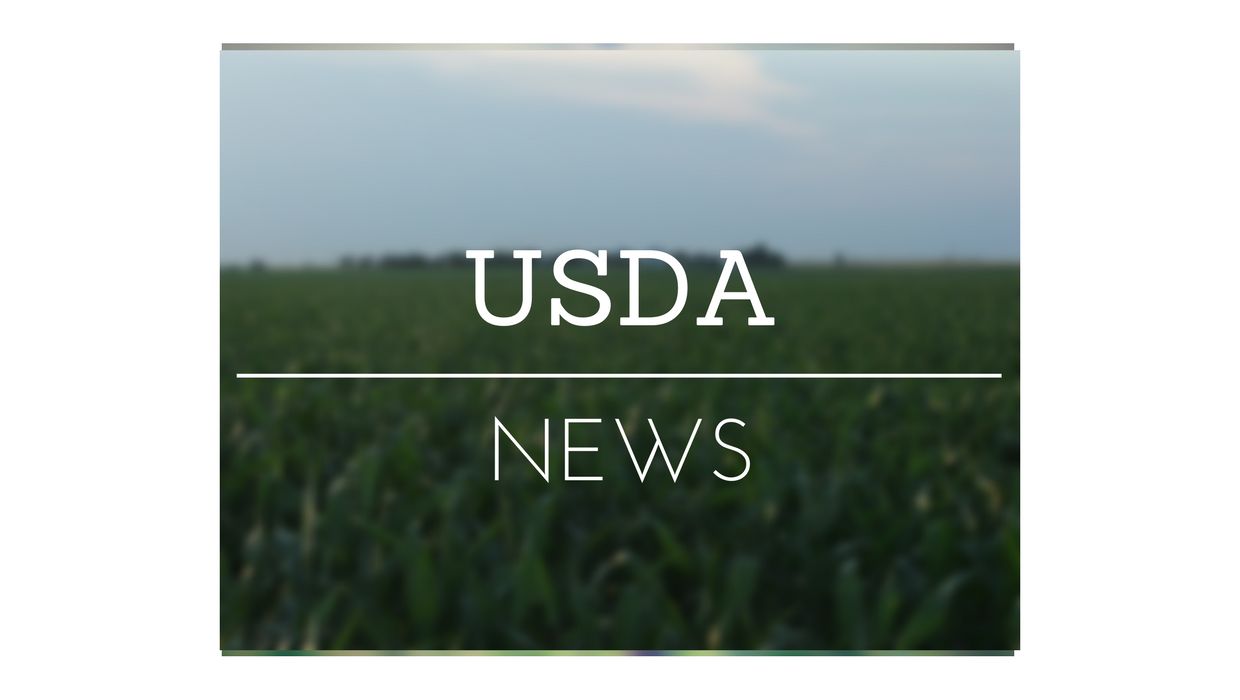The U.S. Department of Agriculture is establishing new programs and efforts to bring financial assistance to producers who felt the impact of COVID-19 market disruptions, according to Agriculture Secretary Tom Vilsack in a news release issued March 24.
The new initiative—USDA Pandemic Assistance for Producers—will reach a broader set of producers than in previous COVID-19 aid programs, he said. USDA is dedicating at least $6 billion toward new programs. The department will also develop rules for new programs that will put a greater emphasis on outreach to small and socially disadvantaged producers, specialty crop and organic producers, timber harvesters, and provide support for the food supply chain and producers of renewable fuel, among others. Existing programs like the Coronavirus Food Assistance Program will fall within the new initiative and, where statutory authority allows, will be refined to better address the needs of producers.
Assistance is needed, Vilsack said, after a review of previous COVID-19 assistance programs targeting farmers identified a number of gaps and disparities in how assistance was distributed as well as inadequate outreach to underserved producers and smaller and medium operations.
The program includes an increase in CFAP 1 payment rates for cattle. Producers with approved CFAP 1 applications will automatically receive these payments beginning in April. Information on additional payment rates for cattle is available on www.farmers.gov/cfap. USDA estimates additional payments of more than $1.1 billion to more than 410,000 producers, according to the formula.
Additional assistance of $20 per acre for producers of eligible crops identified as CFAP 2 flat-rate or price-trigger crops begins in April and includes alfalfa, corn, cotton, hemp, peanuts, rice sorghum, soybeans, sugar beets and wheat. Information is available at www.farmers.gov/cfap. USDA estimates additional payments of more than $4.5 billion to more than 560,000 producers.
USDA will reopen sign-up for CFAP 2 for at least 60 days beginning on April 5. The USDA Farm Service Agency has committed at least $2.5 million to improve outreach for CFAP 2 and will establish partnerships with organizations with strong connections to socially disadvantaged communities to ensure they are informed and aware of the application process.
In the announcement Vilsack said payments will go out under the existing CFAP rules but he said future opportunities will be reviewed for verified need, and during the rulemaking process USDA will look to make eligibility more consistent with the farm bill. The program will use existing programs to enhance education and market opportunities for agricultural producers.
Assistance will include dairy farmers through the Dairy Donation Program; euthanized livestock and poultry; biofuels, specialty crops, beginning farmers, local urban and organic farms; costs for organic certification or to continue or add conservation activities; expansion and corrections necessary to help dairy or other livestock producers; Personal Protective Equipment for certain sectors of food and farm workers; improving resiliency to the food supply chain; developing infrastructure to help for donation and distribution of perishable commodities and reducing food waste.
The announcement earmarks $500 million of new funding to existing programs most notably the Special Crop Block Grant Program, Farmers Opportunities Training and Outreach program and Local Agricultural Marketing Program. Other monies are for animal disease prevention and response capacity. The program sets aside $20 million with the Agricultural Research Service to work with collaboratively with Texas A&M on the intersection between responsive agriculture, food production and human nutrition and health.



